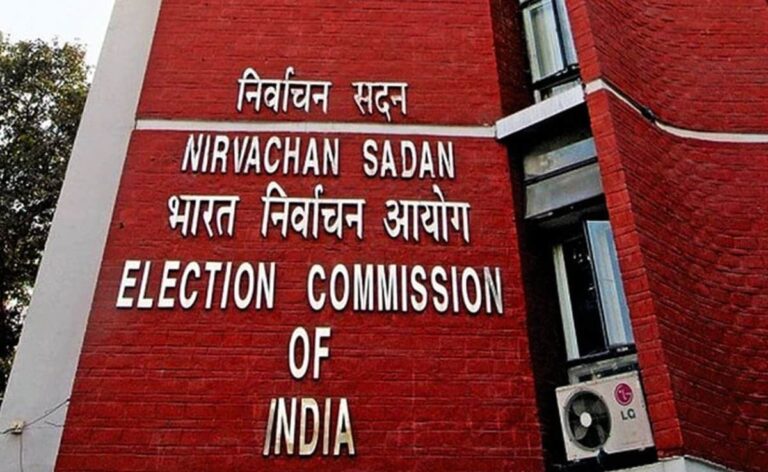
In 1993, photo voter ID cards were introduced nationwide.
New Delhi:
Voter photo IDs were first introduced in 1957 and made their national debut thirty years later in 1993 to prevent voter impersonation in elections.
What the Election Commission once deemed “unsatisfactory to operate on a large scale” has become a mainstay of India’s electoral system. ID cards can now also be used as proof of identity and address.
A pilot project to issue photo identity cards to voters in May 1960 for the by-elections in the Calcutta (South-West) Assembly constituency was unsuccessful and the project was shelved for nearly two decades.
Photo ID cards were issued during the 1979 Sikkim assembly elections and were subsequently implemented in other northeastern states such as Assam, Meghalaya and Nagaland.
This was the precursor to the nationwide rollout of voter photo ID cards in 1993.
According to the book “Leap of Faith” published by the Election Commission which chronicles the journey of voting in India, the Representation of the People (Amendment) Act, 1958 has an interesting provision for the introduction of photo ID cards.
Before India’s first Chief Election Commissioner (CEC) Sukumar Sen retired, he was satisfied to see his brother Ashoke Kumar Sen, then Union Law Minister The bill was introduced in the Lower House of Parliament on November 27, 1958.
The Act became law on December 30, 1958, at which time KVK Sundaram became the second CEC in India. Sundaram was also the longest-serving CEC, from December 20, 1958 to September 30, 1967.
The poll panel said in its report on the 1962 Lok Sabha polls that shortly after the 1957 general elections, it was suggested that photo identity cards be issued to all voters in crowded urban areas, which would greatly facilitate identification at the time of voting and avoid Impersonate.
“The Election Commission tried an experimental measure in Kolkata South West Assembly constituency ahead of by-elections. Despite strenuous efforts over a period of 10 months, there were only 2.13 lakh voters in total. 3.42 lakh voters can be effectively photographed, after which only 210,000 people can be issued photo ID cards.
“As a result, three-eighths of voters were unable to obtain ID cards. The main reason was that a significant proportion of female voters refused to be photographed by male or female photographers. A proportion of voters could not be located,” the report states.
In his report on the 1962 general election, Sundaram recalled that the exercise had to be abandoned after it was found that “satisfactory operation of the system on a large scale was not feasible” either in Calcutta or elsewhere in the country .
“The project expenditure in Kolkata district alone is Rs 25 lakh, which is a substantial addition to the national election expenditure.
“After carefully considering the machinery available to the Commission for this purpose and consulting the government, the Commission has concluded that operating the system on a large scale is not feasible, either in Kolkata or elsewhere in the country,” he said.
In 1993, voter photo ID cards were finally introduced. The Election Commission launched the Electronic Electoral Photo Identity Card (e-EPIC) in 2021.
The electronic election photo ID card is a non-editable, secure PDF version of the voter ID card and features a secure QR code that contains image and demographic information such as serial number, part number, etc. E-EPIC can be downloaded on a mobile phone or computer and stored digitally.
India is gearing up for the next general election to elect the 18th Lok Sabha, and the election schedule is likely to be announced soon.
(Except for the headline, this story has not been edited by NDTV staff and is published from a syndicated feed.)






